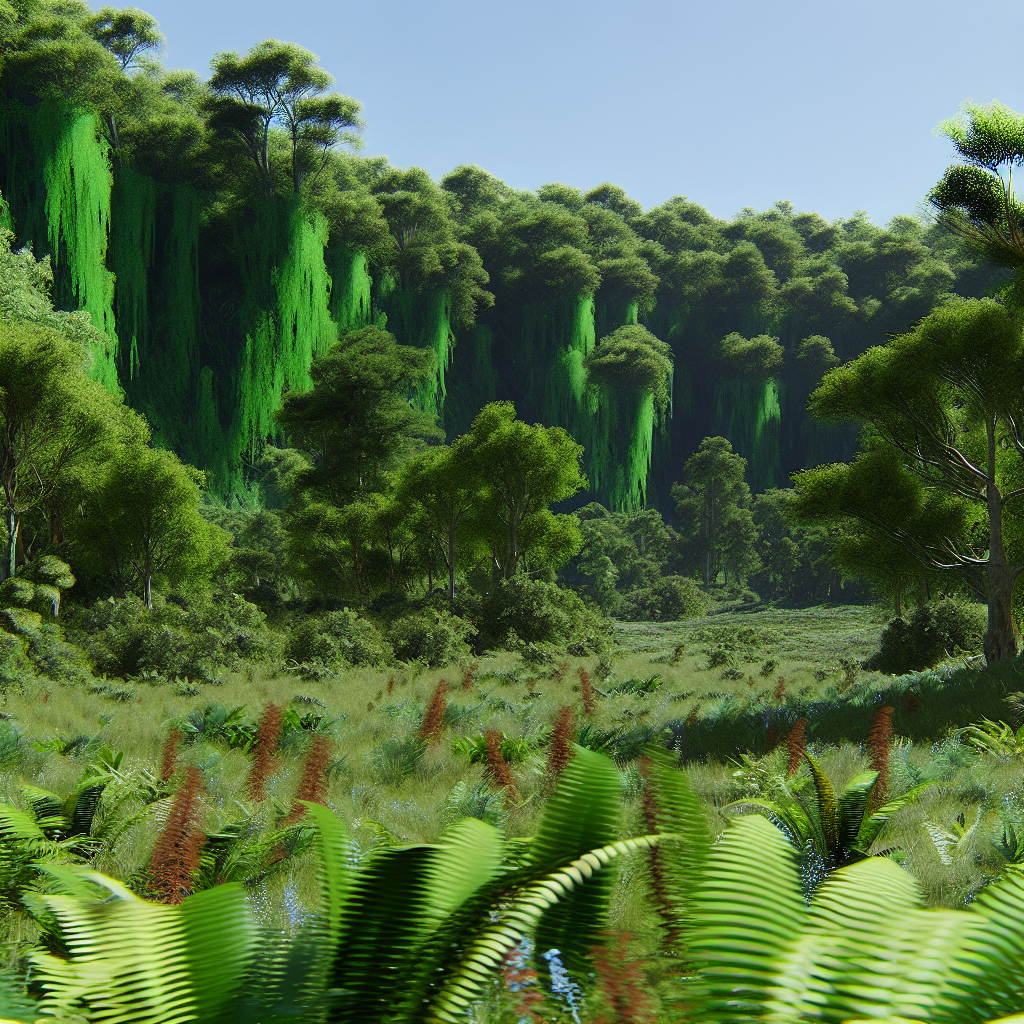Vegetation scatter in Twinmotion, especially in the 2020 version, is a powerful feature that enhances the realism and visual richness of architectural visualizations. Understanding how to effectively utilize vegetation scatter can significantly elevate your project presentations. This article explores key techniques for manipulating vegetation scatter in Twinmotion 2020 to achieve natural and appealing landscapes.
Mastering Vegetation Scatter: Tools and Techniques in Twinmotion 2020
One of the core features for developing realistic outdoor environments in Twinmotion 2020 is the vegetation scatter tool. Unlike static plant models, scatter allows users to distribute a variety of vegetation elements across terrains in a natural, randomized manner. To maximize its potential, it’s essential to understand the available settings and how they influence the overall appearance.
- Density Controls: Adjust the density parameter to control the number of plants per unit area. Too high a density might look artificial, while too low can appear sparse; balancing this setting based on scene context is key.
- Variation and Randomization: Use the variation options to introduce randomness in scale, rotation, and planting positions. This mimics natural growth patterns and prevents repetitive patterns that detract from realism.
- Vegetation Types and Layering: Select appropriate vegetation assets, and consider layering different species to avoid monotony. Twinmotion’s library provides a diverse range of plants which, when scattered thoughtfully, create lush, believable landscapes.
Refining and Optimizing Vegetation Scatter for Realism
Beyond basic scattering, some advanced techniques can help refine the look of your vegetation for greater authenticity. By making subtle adjustments, you can avoid common pitfalls like excessive uniformity or unnatural clustering.
Start with the following tips:
- Use Masks and Terrain Data: Incorporate masks to limit vegetation placement in specific areas, such as pathways or water bodies. Terrain data can also influence plant distribution, with steeper slopes receiving fewer or shorter plants to simulate natural growth constraints.
- Layer Different Vegetation Sets: Combine multiple scatter setups with different plant types and densities. This layering adds depth and complexity, making the scene more engaging.
- Employ Static and Animated Vegetation for Dynamic Scenes: While static scatter is useful for still renders, consider introducing animated vegetation to portray wind or seasonal changes, adding further realism.
Conclusion
Mastering vegetation scatter in Twinmotion 2020 requires an understanding of the tool’s settings, natural variation, and scene context. By fine-tuning density, randomness, and layering, you can create highly realistic, immersive outdoor environments. Effective vegetation scattering not only enhances visual appeal but also elevates the overall quality of your architectural visualizations, helping you communicate your designs more convincingly.
